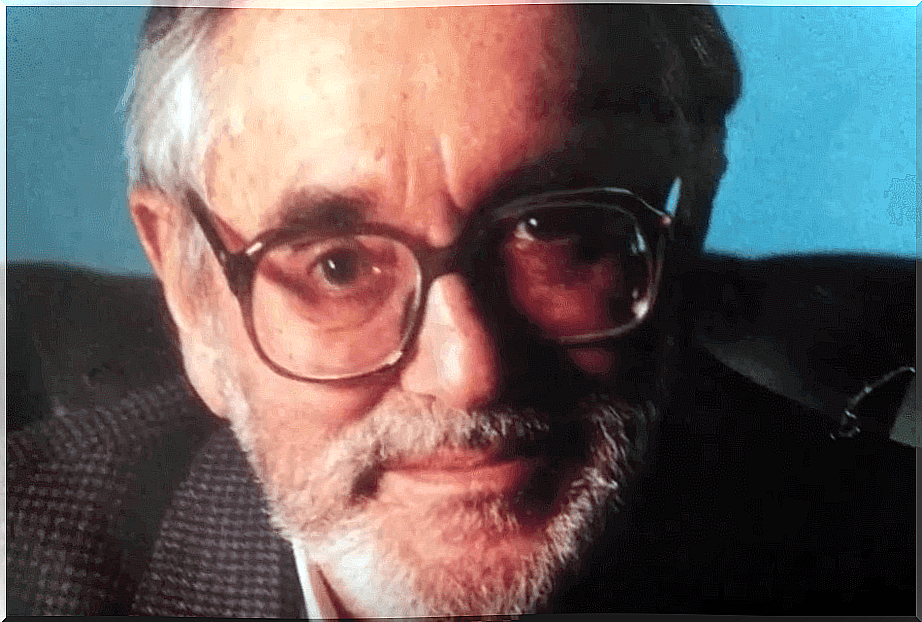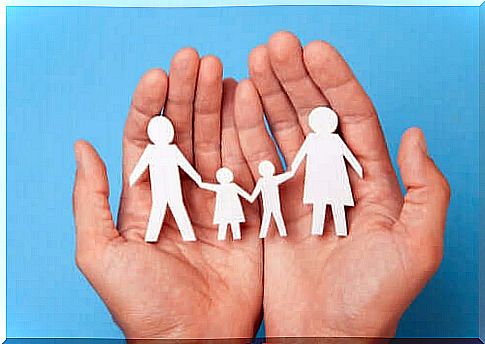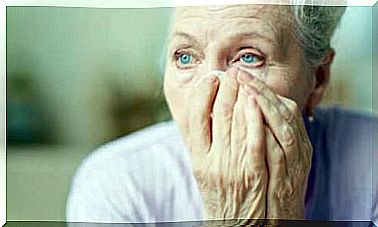The Minuchin Structural School

Salvador Minuchin’s structural school is part of the systemic perspective. Historically, models of this current have been used mainly in the context of family therapy.
However, today its scope has widened. First, the systems model sees the family as a system in which the behavior of one member cannot be understood in isolation and independently of what the rest of the family is doing.
To begin with, we can say that this approach takes into account three aspects of family functioning. First of all, the structure of the family. It is determined by its limits, its hierarchies and the degree of identity of the people who compose it.
Then, regulation or the way in which the family maintains the balance of its interactions. Finally, the information or the way in which members communicate with each other.
In the 1970s Salvador Minuchin founded the Structural School on the basis of his clinical practice with mental health issues in marginalized populations. The main orientation given by Minuchin was to include as a major variable the context and the responsibility of each member of the family.
He points out that sometimes the problem the family suffers from is the consequence of the actions of one of the family members who are aimed at maintaining the stability or homeostasis of the family. Minuchin explains to us that sometimes these measures are precisely the source of the problem.
He then argues that it may be necessary to unbalance the system for the problem to disappear. This form of therapy, although paradoxical, leads the family to discover alternative solutions and to begin to explore other resources and other avenues.

The objective of the Minuchin structural school
According to the structural school, the symptoms that a family presents appear when there is a delay or a stop in the life cycle of the family. In other words, the system is blocked and is not moving any further. This is due to different transactional patterns which are repeated over time and which are not functional.
In this sense, the processes of the family system are reflected in its structure. Structures are made up of hierarchies, boundaries between sub-systems and boundaries with the exterior, as well as rules governing power and communication.
In addition, there are alliances, in other words unions between individuals, as well as coalitions, ie alliances between members against a third party. Changing the rules for boundaries and hierarchies will likely change the patterns of interaction as well.
Indeed, it is these patterns that maintain the symptom. Consequently, the therapeutic objective is to modify this family organization. To modify the boundaries that have been created between subsystems and hierarchies, and to adapt transactional models to the needs of the family.
Minuchin seeks to question the dysfunctional structure created by the family. And this, in order to generate an imbalance. The idea is to start developing new models of interaction and, therefore, new solutions.
Phases of therapy
Minuchin establishes different moments in family therapy. Initially, we start by making a diagnosis. However, and unlike other approaches, the diagnosis relates to the structure of the system.
As we commented above, according to the structural school, it is assumed that each member of the family has their share of responsibility for the problem. All participate in the interaction and maintenance of the symptom.
After the diagnosis, the therapist begins the first phase during which he enters the system himself. Once inside the system, he performs three actions.
First, the tracing during which it collects information. Then comes the maintenance or he respects the rules of the system without introducing any type of change. Finally, mimicry where it highlights the elements of similarity between the therapist and the family.
Once the therapist is inside the family system, it is time for the second phase. It is about a series of techniques which it implements.
The technique of the challenge is to stage a dysfunctional communication pattern with the family. The therapist asks the family to act out a family scene. It then collects information not only about what is going on, but also about how it is going.
After this role play, it’s time to focus or focus. This technique essentially aims to focus attention on a specific point of the production to underline an important aspect. “It seems that what you represented is different from what you had in mind when you started therapy. .. ”.

On the other hand, there are restructuring techniques whose objective is to change the system. To achieve this change, we then use a series of strategies. The positive redefinition of the symptom consists of an alternative relational rereading to question the definitions of the family.
At the same time, tasks are prescribed with the aim of modifying certain aspects of the system. The family is also often asked to have some of its members perform a task. This aims to promote new alliances.
Finally, we proceed to imbalance. This is the most important part of therapy and the one that brings about change. The therapist temporarily allies with certain limbs to unbalance the system and cause seizures.
An example of this imbalance could be: “Celia, you are very intelligent, protective, loving and you always seek family unity. Don’t you think it’s time to stop living your children’s lives and live yours? ”
The structural school is a very useful approach . It was specifically designed to encompass the entire family system. One of its most interesting points is accepting the responsibility of each member that the problem persists.
It is a fairly directive therapy that seeks to mobilize the system to bring about change. To do this, the achievement or not of the set objectives will largely depend on the involvement of the family in the therapy.









